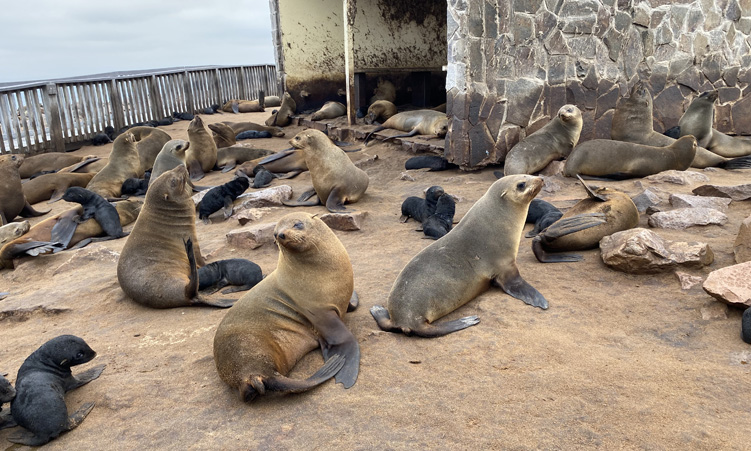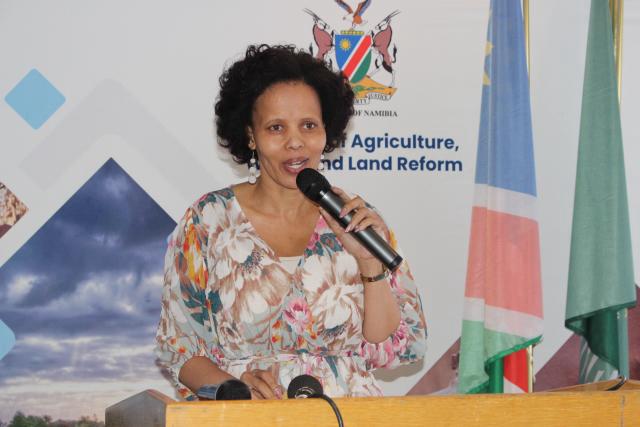The growing population of Namibia’s seals is a “menace” to the country’s multibillion-dollar fishing sector, says parliamentary standing committee on natural resources chairperson Tjekero Tweya.
The committee has embarked on a series of consultations scheduled for this week, centred on the reported adverse effects of an escalating seal population on the sustainable harvest of fish stocks.
The committee began its investigation by meeting with Erongo governor Neville Andre yesterday to discuss potential strategies to manage the situation.
“There appears to be an overpopulation of seals and data suggests they consume more of the available fish than what people are allocated through annual fishing quotas,” Tweya said.
In terms of the Constitution, the country is obliged to manage all its resources on a sustainable basis, he said.
“When one resource threatens another, we’re constitutionally bound to address that. We are here following an initial meeting at Lüderitz to further understand the scope of the issue,” Tweya said.
He said there is evidence suggesting an overpopulation of seals, which not only threatens fish stocks, but also the environment as they begin to migrate to other areas, consuming resources where they go.
Tweya said 25% of the fish stock in Namibian waters is allocated for human consumption.
The standing committee will meet with stakeholders in the fishing and seal industry at Walvis Bay and Henties Bay, and will also visit the seal colonies at Pelican Bay and Cape Cross.
“While international opinions matter, our primary responsibility is towards Namibians and the Constitution’s mandate on sustainable resource management,” Tweya said.
After the investigation is concluded, the committee intends to compile a report for the National Assembly’s consideration and debate, outlining potential strategies to deal with the issue.
Andre highlighted the importance of sustainable development, and pointed out the challenge presented by the seal population in relation to the fish stocks.
“We need to ensure that we control the population of the species so that one does not kill or exterminate the other, because both are vital – not only for the ecosystem, but also for the social and economic activities here in the region,” he said.
Andre said statistics show there are about 1,5 million seals in Namibian waters, and each seal consumes about three to four kilogrammes of fish per day.
The total allowable catch for seals is set at 80 000 seals per year for pups and 6 000 for bulls.
Andre said the bulls consume more fish and are thus deemed a greater threat to fish populations.
“We would want to see the total allowable catch between the bulls and the pups adjusted, favouring more bulls than pups,” he said.
Andre said while seals pose a threat to the fishing industry, they also bring value in terms of tourism, specifically seal-watching activities.
He referenced criticism from environmental groups on seal harvesting methods. He called for research and benchmarking against other countries’ practices.
Re-emphasising the need for balance and sustainability, Andre said the population of seals “is quite a lot for our fish species”, which adds economic value in terms of jobs.
The fishing industry employs about 17 000 people, while a few hundred may work in the seal industry.
“But we can still create more jobs within the same industry,” he said, pointing out that seal products could also become viable locally and within the African market, which comprises about 1,3 billion customers.
Stay informed with The Namibian – your source for credible journalism. Get in-depth reporting and opinions for
only N$85 a month. Invest in journalism, invest in democracy –
Subscribe Now!










